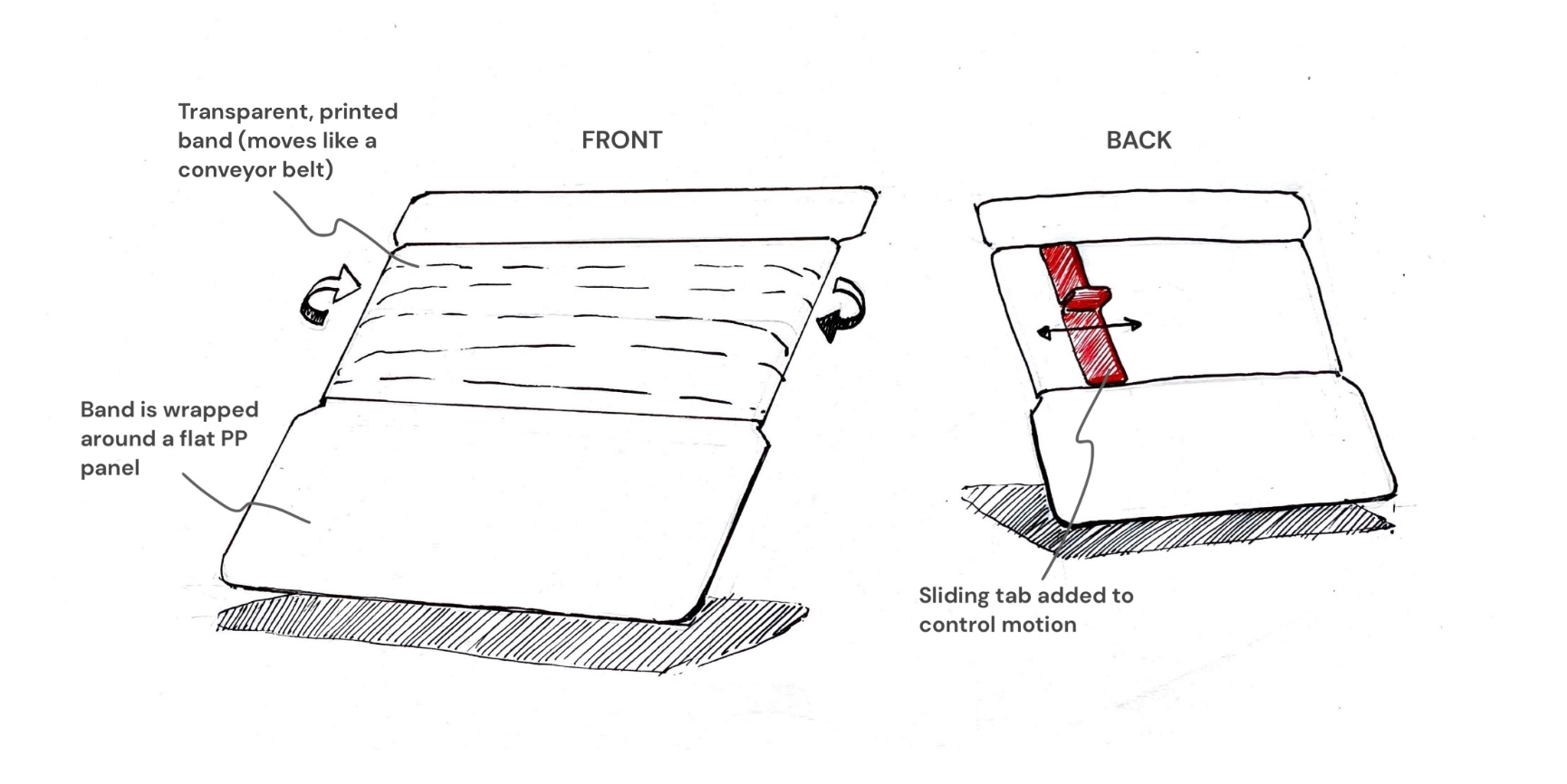With the launch of our latest innovative music learning aid, Decoder: Chord Compass for Guitar, it seems fitting as a product design company, that we explain the design process!

We chatted with Phil, our lead product design engineer for the Decoder range. Phil is a guitarist, bassist, and even played trombone growing up. Another Glasgow School of Art survivor, Phil graduated from the Masters programme back in 2018. He joined David’s team in 2020 working on two separate projects before becoming the brains behind the Decoder range at Noisy Clan.
So one question remains:
What was the inspiration behind Decoder: Chord Compass for Guitar?
At the basic level, we wanted to create a product that made learning guitar chords easier and helped players connect the fretboard. As guitarists, we know how exciting it feels to progress from playing open chords and start playing further up the neck. So we moved away from wanting to teach people which chords to play, and instead, the question became: How can we highlight the structure of chords?
Because the reality is, you don't need to play full chord shapes to play a chord. Understanding the chord structure allows you to pick out the segment you want to play from the full shape.
We liked that the CAGED system used just the five open major chord shapes (C, A, G, E and D) to chart the fretboard, providing a simple, easily learned framework for playing chords in any position on the neck using familiar chord shapes. It is a simple concept with a lot of value; however, this is not always communicated clearly in static diagrams. The CAGED system repeats in a cycle, so in a sense it is infinite. This led us towards a wheel, circle or treadmill that could highlight how the chord shapes repeat. The early inspiration for the treadmill was thinking about rolls of film in a film camera!
Timeline: From conception to creation
Initially we looked at using the existing Decoder: Circle of Fifths architecture to visualise the CAGED system using a wheel. We started with a circular fretboard but ultimately this looked confusing.


So we went back to the drawing board and found that we could show the fretboard horizontally, and arrange the fret numbers on the wheel. As the wheel moved, the fret positions for each chord shape changed. This worked better, but still wasn’t quite right. Some early user testing confirmed that moving the notes on the fretboard should be the goal.
EUREKA! Moments
There were a couple of design ‘lightbulb’ moments that are definitely worth sharing. The first initial lightbulb moment was the decision to create a product that showed the chords moving. From the first rough prototype this was compelling and had the magic we were looking for. This constraint pushed us in the direction of a treadmill.

Sourcing the right material for the treadmill was a long process and required a lot of investigation and experimentation. We needed it to be transparent, easy to print on, strong enough to resist tearing, and low stretch. We raided cupboards, took a trip to the supermarket, and started testing as many plastic films as we could find.

We narrowed down the material type and approximate film thickness we thought might work then started contacting manufacturers. After lots of back and forth with various vendors who were generous enough to answer our questions, we found a film that fit our requirements.

The second lightbulb moment (that came further along in the design process) was to drastically reduce the size of the moulded enclosure in the final design. This simplified the production, assembly and made the product feel much lighter visually. Many early testers thought Chord Compass was actually a digital product! So reducing the size and adding a hole (for the pen stand) reduced the resemblance between our Chord Compass and a digital gadget like an iPad (phew)!

Trial and Errors:
A minor setback was that the flat geometry of the enclosure was tricky to 3D print. Flat parts tend to warp as they cool after printing, which made testing the tolerances between parts difficult in early prototypes. In production, this issue was solved by using food grade polypropylene, which retains flexibility but is more stable than standard polypropylene.

Predicting the Future …
So, our Decoder range is growing. Who knows what is around the corner for us or Phil (who is in his last month as a design engineer at Noisy Clan)? But one aspect remains certain, we will always continue to make products that inspire you to play more. If you have a Decoder: Chord Compass, please share your experiences with us, we’d love to see pictures of them in action. After all, without our awesome musical community, Noisy Clan wouldn’t exist!








